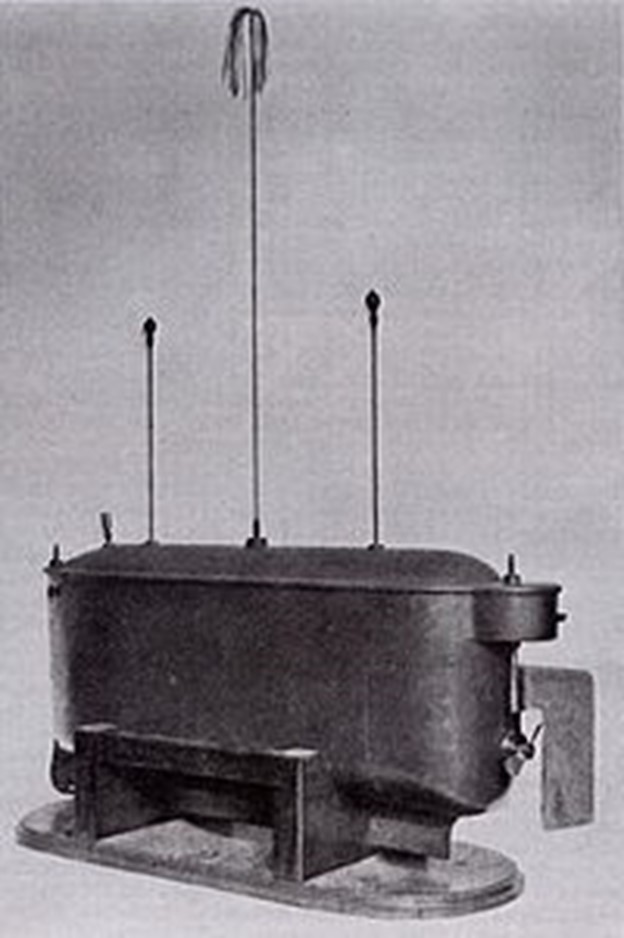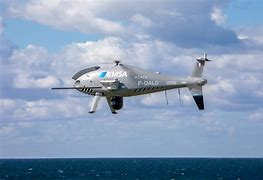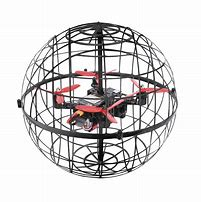Unmanned Aerial Vehicles (UAV – Drones)
In 1898, the Croat Inventor and, often thought “mad scientist”, Nikola Tesla patented and demonstrated, at the electrical exhibition in Madison Square Gardens, a radio controlled boat (U.S. Patent 613,809 —Method of an Apparatus for Controlling Mechanism of Moving Vehicle or Vehicles).


At the time, the concept that something could be controlled from a distance was inconceivable, and Tesla was accused of using a trained monkey inside the craft, probably not helped by the fact that he attempted to make the crowd believe they could control the craft by shouting commands at it. He had, of course discovered and demonstrated remote control.
Several attempts were made to utilize radio control, mostly in aviation related areas. In 1903 Spanish engineer Leonardo Torres y Quevedo demonstrated “Telekino” using a small boat, which he hoped to use to control a dirigible airship of his own design. The first remote-controlled model airplane is believed to have flown in 1932 and the use of remote control technology for military purposes was worked on intensively during the Second World War. One being the German Wasserfall missile, developed from the V2 rocket but never used, as the war finished prior to its completion.
Until fairly recently radio, or remote, control was used for fairly insignificant purposes such as operating television sets, garage doors or toy cars, boats and planes. Nowadays it is quite common to see equipment operated by remote control, from mining equipment to military “drone” weapon system to offshore LARS systems. Bomb disposal and nuclear asset inspection robots have been used extensively to protect human life from potential danger.
One area of great potential offshore is the use of UAV for inspections and surveys in hard to access locations or confined spaces on platforms, vessels and wind farm installations.
These bring significant cost benefits to an operation. A traditional inspection on perhaps, the underside of a platform walkway, flare stack, turbine blade, nacelle pod, external vessel surface or other hard to access area would usually require a significant amount of scaffold or some other elevated platform, bringing significant time, cost and disruptive penalties. Using a drone fitted with a suitable camera enables a very rapid, accurate and recordable inspection. Inspectors can view the inspection and guide the drone operator to view the necessary detail. If damage, requiring repair is found, then some kind of platform would be necessary but in many cases a drone would represent a very safe, rapid, cost-efficient and accurate method of inspection.
Even quite small commercially available drones would be able to carry out these types of surveys. Fitted with suitable infra-red camera, heat surveys can be carried out on assets with defects in insulation or cabling being readily identified.
The smallest drones have an endurance of around 30 minutes on one battery but multiple battery packs allow for extended operations. Larger, purpose built drones can be used for logistics delivery, In 2020, Equinor completed the world’s first logistics operation to an offshore facility with a drone, travelling 80 kms, at 5000 feet to deliver a part to the Troll field. The whole flight took just an hour using Schiebel’s Camcopter S-100, a UAV that looks like a small helicopter at 12 meters in length and over 100 kg.
These drones can also be used for gathering field data and images for recording and operational purposes. In 2017 Texo’s T28 drone spent 32 minutes gathering 15GB of data, on the Berkut oil rig in Russian Far East. The point cloud for the complete rig was accurate to within 2mm.
Drones, fitted with suitable sensors can also be used to sniff out gas leaks, Methane H2S etc and can also be used in security and observational applications.
All drone operations within UK are controlled by the Civilian Aviation Authority under CAP 722


Editorial
Feedback and suggestions for future articles are welcome: [email protected]
Subscribe
Online signup coming soon - in the meantime, please email [email protected]
